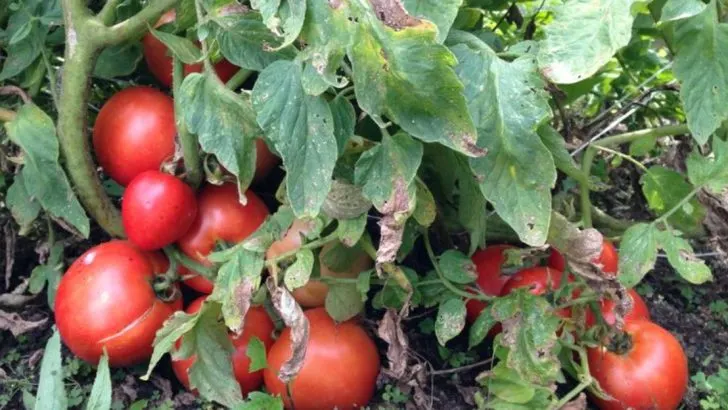Growing tomatoes can be incredibly rewarding, but even experienced gardeners can fall into some common traps that can affect the health and yield of their plants. Whether you’re a beginner or seasoned gardener, understanding the mistakes that many tomato growers make can help you avoid frustration and improve your harvest.
In this article, we cover 15 common tomato growing mistakes and how to avoid them. From planting too early or too deep, to overwatering and neglecting pruning, these tips will ensure that your tomato plants thrive and produce an abundant, flavorful crop. By following these expert recommendations, you’ll be on your way to perfect tomatoes in no time!
Overwatering
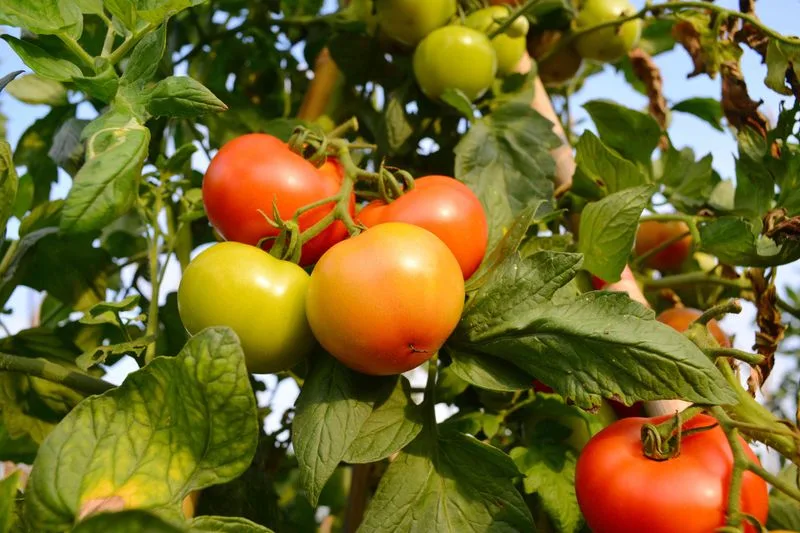
Too much water can suffocate roots, leading to yellow leaves and unhealthy plants. Observing the soil’s moisture level is essential. If the top inch feels dry, it’s time to water. Consider the plant’s specific needs and adjust accordingly, especially during rainy seasons. Mulching can help maintain moisture without overdoing it, providing a balanced environment. Monitoring weather conditions and adjusting your watering schedule can be key to lush, thriving tomatoes.
Lack of Sunlight
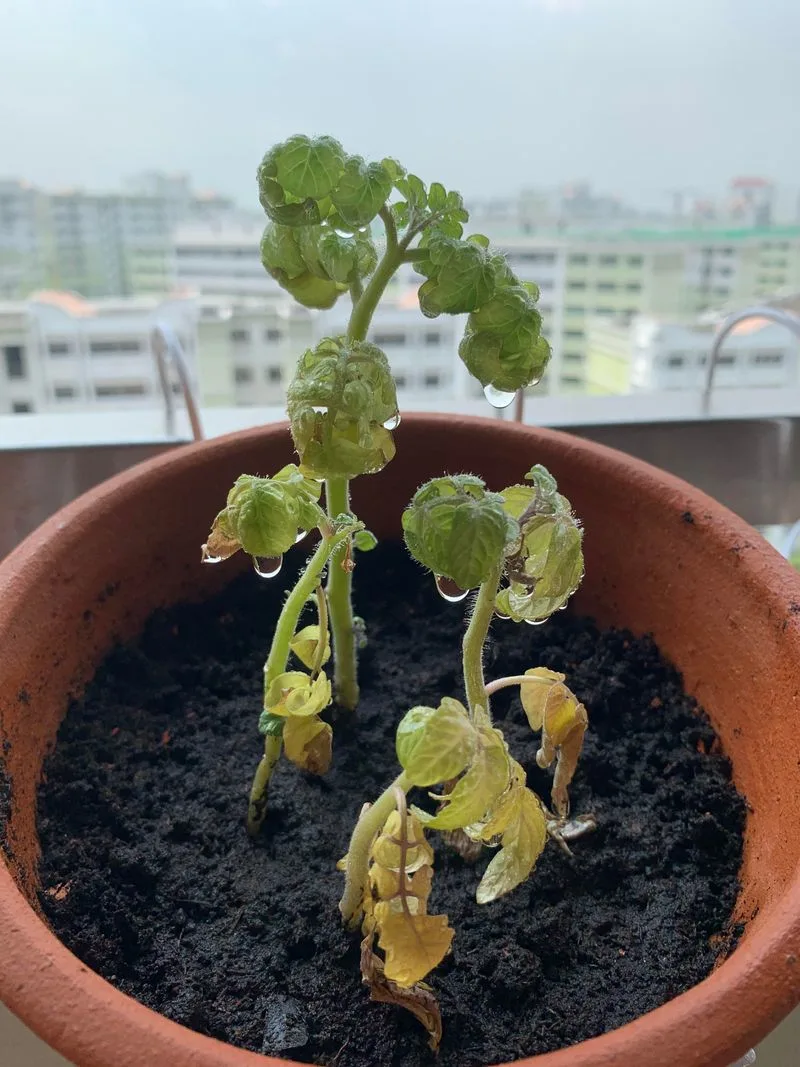
Tomatoes crave sunlight, needing at least 6-8 hours daily for optimal growth. Planting them in shaded areas can result in weak, spindly plants with fewer fruits. Consider the sun’s path and choose a location that receives ample light. Pruning nearby trees or relocating the garden bed may provide needed exposure. Using reflective surfaces to direct sunlight can also be a smart solution, ensuring robust growth and plentiful harvests.
Poor Soil Quality
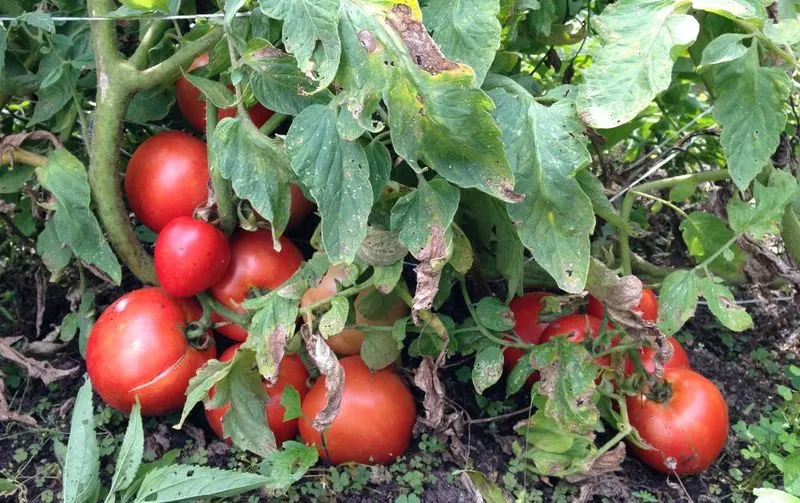
Healthy tomatoes start with nutrient-rich soil. Poor soil quality can impede growth and lead to lackluster yields. Amending soil with organic matter such as compost or aged manure improves texture and fertility. Testing soil for pH balance helps in making necessary adjustments. Regularly enriching the soil with natural fertilizers keeps plants vigorous. Understanding the specific needs of tomato plants ensures a more bountiful crop.
Crowding Plants
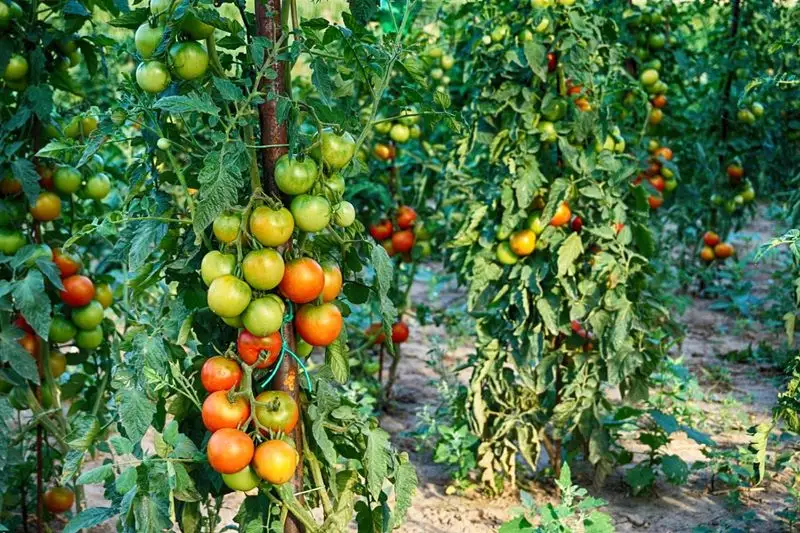
Proper spacing is crucial for air circulation and disease prevention. Crowding plants can lead to mold and pest issues. Placing tomatoes too close together restricts airflow, creating a breeding ground for problems. Following recommended spacing guidelines ensures each plant receives enough room to grow. Regular pruning and training can assist in maintaining order, promoting healthier plants and abundant fruit production.
Ignoring Pest Control
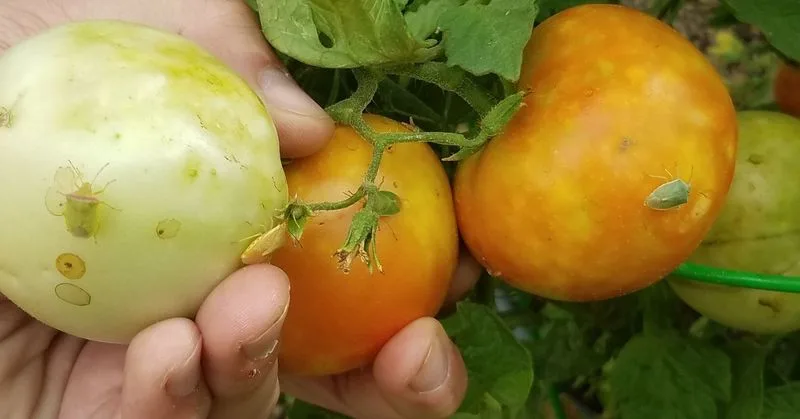
Tomatoes can attract various pests that damage leaves and fruits. Ignoring pest control can result in significant losses. Regular inspections help identify issues early. Utilizing natural predators, traps, or organic sprays can keep pests in check. Understanding specific pests common to your region allows for tailored solutions. Consistent monitoring and prevention strategies ensure plants remain healthy and productive.
Incorrect Pruning Techniques

Proper pruning guides plant growth and encourages fruit production. Incorrect techniques can hinder yields and weaken plants. Understanding when and how to prune makes a significant difference. Removing suckers and dead leaves focuses energy on fruit-bearing branches. Utilizing sharp, clean tools minimizes damage, fostering healthy growth. Educating oneself on tomato-specific pruning practices leads to robust plants.
Over-Fertilizing
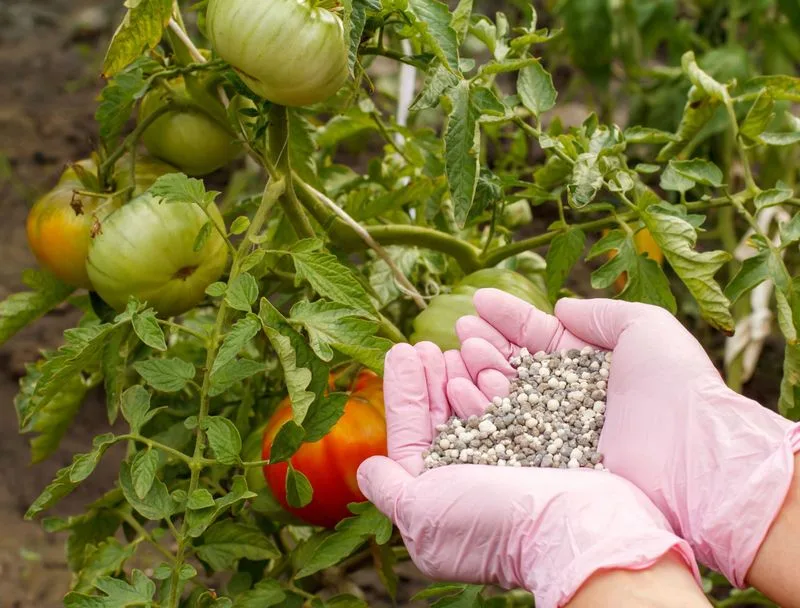
Excessive fertilizer can lead to impressive foliage but limited fruiting. Understanding the plant’s nutritional needs prevents over-fertilizing. Using balanced fertilizers with essential nutrients supports healthy growth. Monitoring growth and adjusting fertilizer use according to developmental stages is crucial. Soil testing can pinpoint deficiencies, allowing for targeted supplementation. Responsible fertilization practices produce vibrant, fruitful plants.
Neglecting Disease Prevention

Vigilance against diseases is vital for a thriving tomato garden. Neglecting this aspect can lead to widespread infection. Regularly inspecting plants and removing diseased parts keeps infections at bay. Rotating crops and using disease-resistant varieties enhance resilience. Understanding common diseases and employing preventative measures, such as proper spacing and sanitation, fosters a healthy growing environment.
Inconsistent Watering
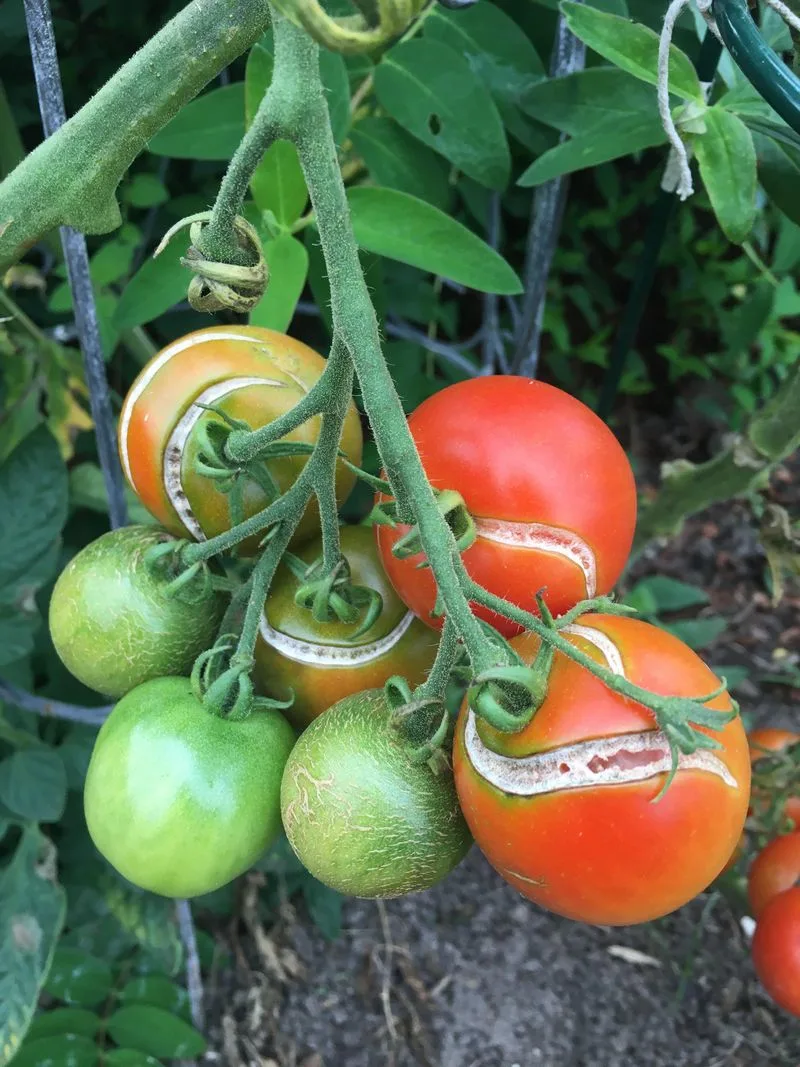
Consistency in watering practices ensures steady growth and reduces stress. Fluctuating moisture levels can lead to blossom end rot and cracking. Setting up a regular watering schedule tailored to weather conditions helps maintain balance. Drip irrigation systems or soaker hoses can provide steady moisture, allowing roots to access water efficiently. Observing plants’ responses and adjusting accordingly ensures optimal health.
Planting Too Early
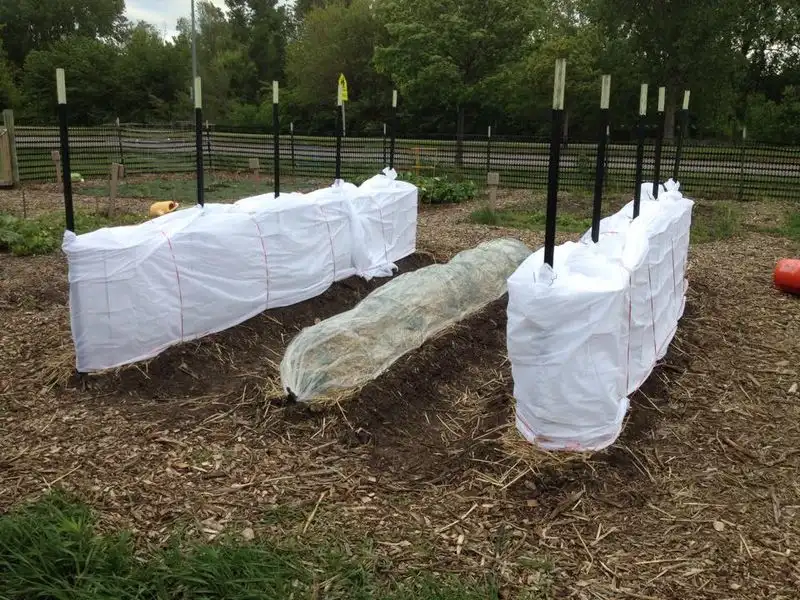
Timing plays a crucial role in tomato cultivation. Planting too early, before the last frost, can stunt growth or kill young plants. Understanding local climate patterns and frost dates helps make informed planting decisions. Utilizing protective covers or starting indoors can guard against unexpected cold snaps. Patience and planning ensure a successful growing season, leading to a bountiful harvest.
Neglecting Mulching
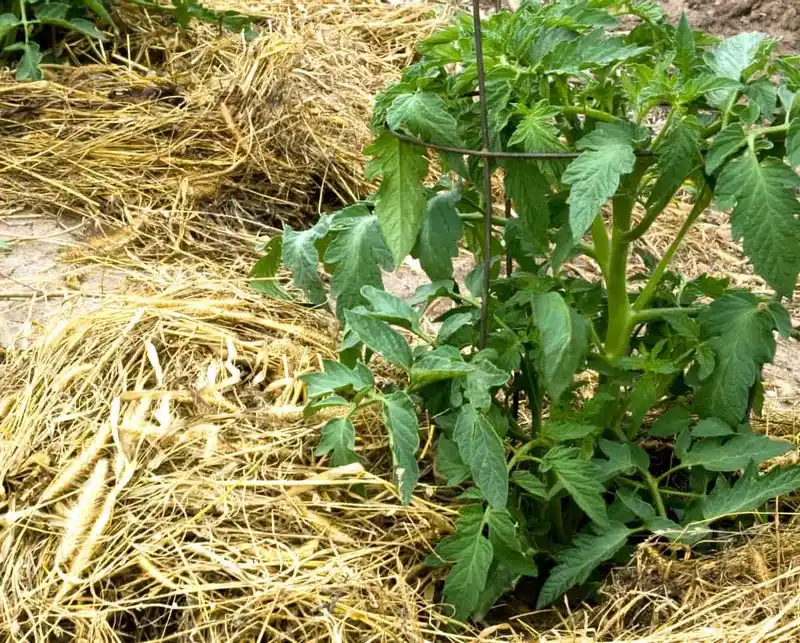
Mulching offers numerous benefits, from moisture retention to weed control. Neglecting this practice can lead to increased maintenance and stress for plants. Applying organic mulch around the base of plants conserves moisture and regulates temperature. It also suppresses weeds, reducing competition for nutrients. Choosing the right mulch type and applying it correctly creates a favorable environment for growth.
Using Wrong Tomato Varieties
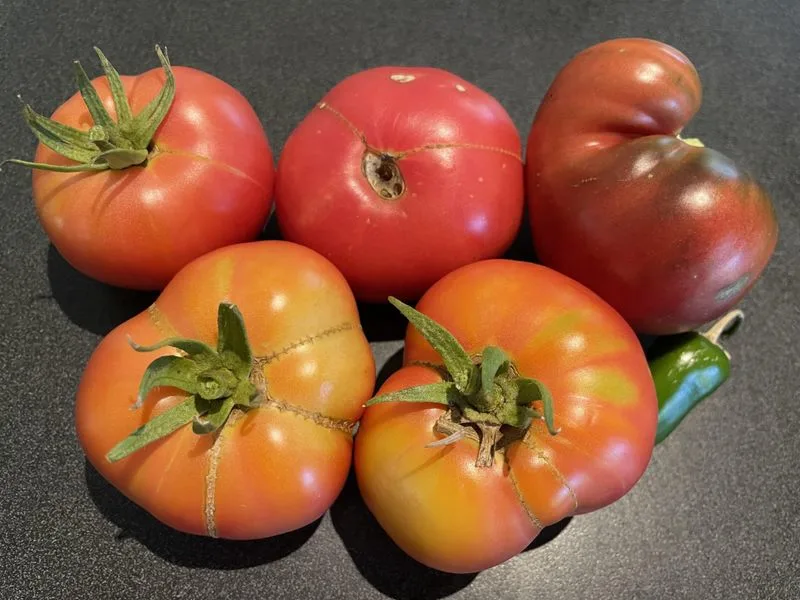
Selecting the right variety is essential for success. Using incompatible varieties can affect growth and yield. Understanding climate, space, and taste preferences guides selection. Determinant varieties suit compact spaces, while indeterminate types thrive in larger areas. Researching specific needs and desired outcomes ensures compatibility. Making informed choices leads to a garden that meets expectations and provides satisfaction.
Overlooking Companion Planting
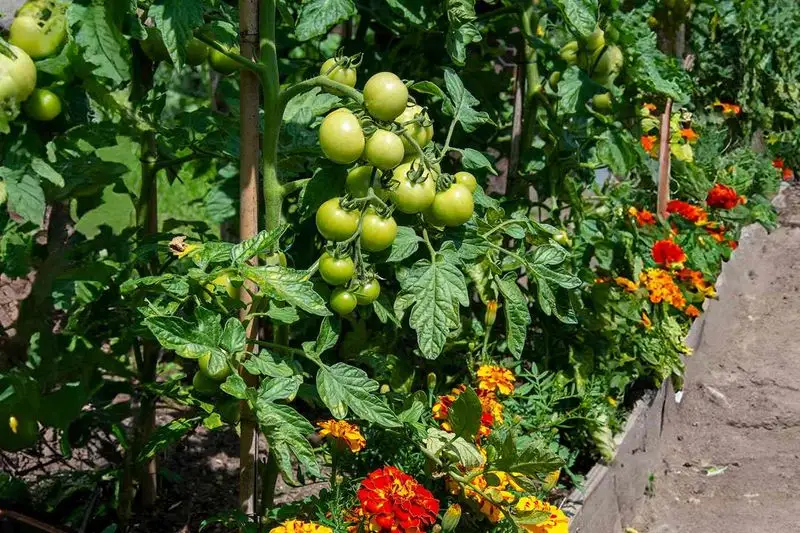
Companion planting enhances growth and deters pests. Overlooking this technique misses an opportunity for natural pest control and improved yields. Basil and marigold can deter unwanted insects, while carrots improve soil structure. Understanding beneficial plant pairings creates a symbiotic environment. Strategically placing companions ensures tomatoes thrive without harsh chemicals, promoting a balanced ecosystem.
Failing to Rotate Crops

Crop rotation prevents soil exhaustion and disease build-up. Failing to rotate allows pathogens to thrive. Planning a rotation schedule with different plant families refreshes the soil. Legumes replenish nitrogen, benefiting subsequent tomato crops. Understanding nutrient cycles and disease patterns maximizes soil health. By moving crops to new locations, gardeners cultivate a sustainable and productive environment.
Ignoring Local Climate
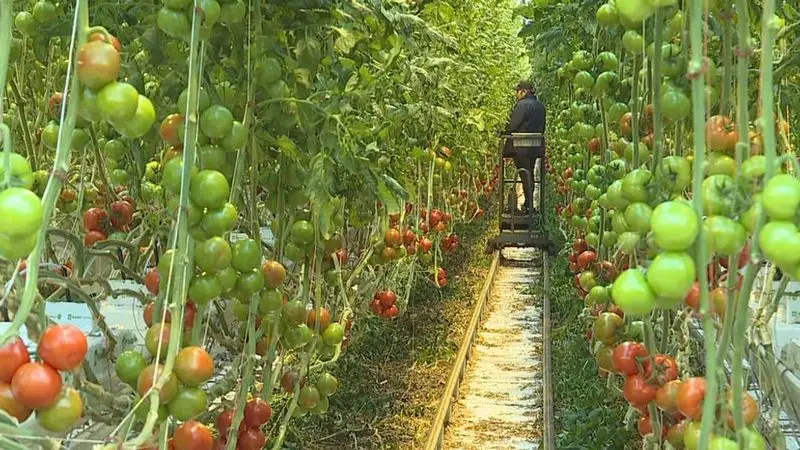
Adapting to local climate is vital for thriving tomatoes. Ignoring environmental factors can lead to disappointment. Understanding temperature ranges, humidity, and rainfall guides planting schedules. Selecting climate-appropriate varieties ensures better adaptation and resilience. Regularly monitoring weather forecasts assists in timely interventions. Adapting practices to local conditions yields a more prosperous garden.

